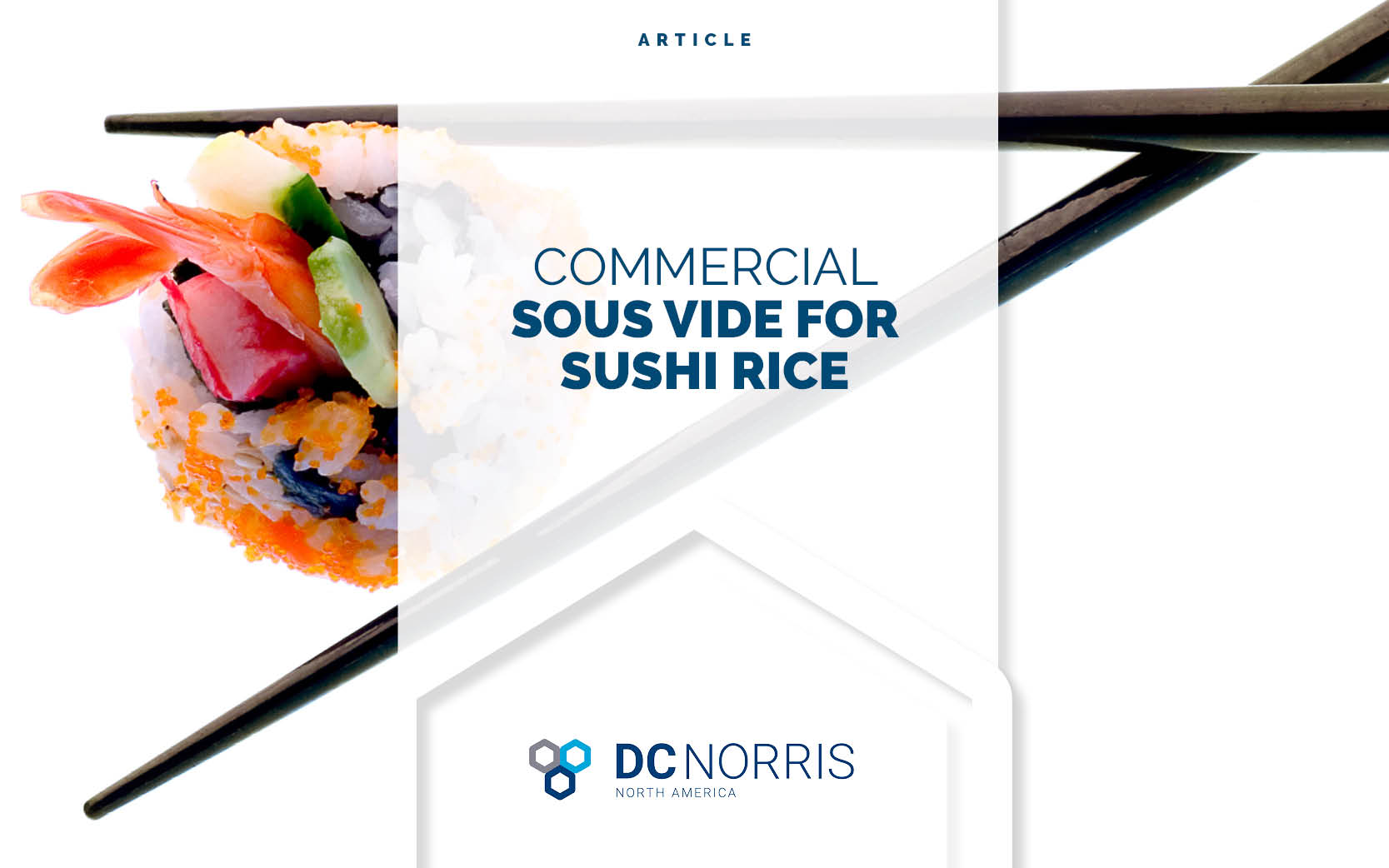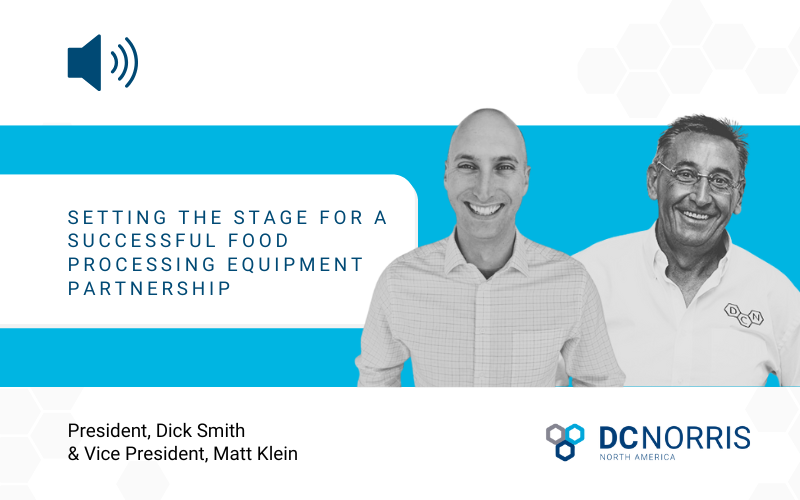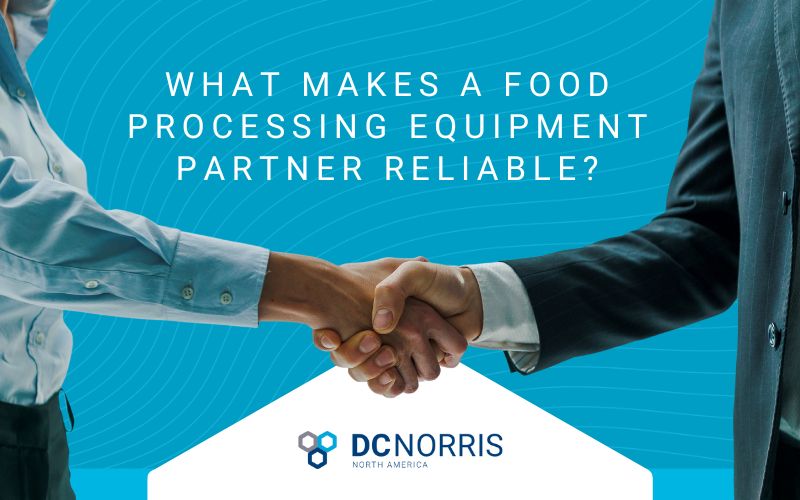Commercial Sous Vide for Sushi Rice
Can you use commercial sous vide for sushi rice?
From home cooks to heralded chefs, the challenge of making perfect sushi rice is long known. Classic vinegared sushi rice is perfect when it’s both sticky and firm. If you’ve ever enjoyed sushi you know that perfect sushi rice is the difference between outstanding sushi and just ok, doesn’t warrant a 5-star Google review or repeat purchase sushi. Every food producer, whether a restaurant or mass manufacturer stocking grocer and deli shelves, endeavors to produce sushi that turns customers into regular buyers who send their friends. Fortunately, we’ve successfully trialed cooking sushi rice with both our commercial and industrial sous vide cookers. The results of our trials were outstanding and provided producers with a reliable way to batch produce perfectly cooked sushi rice.
See Our Sushi Rice Cooked Sous Vide Trial
What is Sushi Rice?
Sushi rice is traditionally Japanese-style short-grain white rice. For sushi rice to hold and form well, it needs to be much stickier than traditional white rice. For this reason, short-grain rice is used because it has more starch than medium or long-grain white rice. This increased starch content makes for perfectly sticky rice that can be rolled.
Sushi rice is also seasoned. Most commonly, it is seasoned with rice vinegar. Additional seasonings include sugar, salt, and kombu.
What is Sous Vide?
An easy way to think of sous vide is low-temperature long time cooking. The sous vide cooking method submerges foods that have been vacuum-sealed in plastic pouches into a temperature-controlled water bath. In the water bath, vacuum-sealed foods are circulated in the water and held at a precisely controlled low temperature for an extended period of time.
Why Does Sous Vide Use Low Temperatures and Long Cooking Times?
Foods cooked sous vide are cooked at temperatures that are below those of other cooking methods (less than 176 degrees F) to preserve moisture, color, and flavor. With the sous vide cooking method, foods in the water bath will only be raised to the temperature of the water and that heat from the water must move from the outside of the food being cooked to its center. This takes an extended period of time as compared to more traditional methods of cooking like boiling, broiling, or roasting which utilize a much higher heat application. The thickness, shape, and type of food being cooked sous vide also impacts the length of time required to reach the desired core product temperature. Heat travels at varying rates through different types of materials. Fatty cuts of meat take longer than leaner cuts of meat to heat through because fat acts as an insulator and slows the passage of heat to the product core. Other kinds of food, such as fruits and vegetables, may contain a lot of air or have irregular geometry. To overcome this, liquid is often added to the sous vide pouch before cooking to fill in those spaces and keep the heating consistent despite irregular size and shape.
What Capacity Sous Vide Cook Tanks Does DC Norris Have?
DC Norris has been manufacturing sous vide cook tanks since the 1980s and is a global leader pushing the industrial and commercial application of this cooking technique forward by manufacturing innovative equipment.
Our Sous Vide Cook Tank Capacities
- CT-1 120lbs
- CT-5 551lbs
- CT-10 882lbs
- CT-20 1,764lbs
Download our Sous Vide Brochures
INDUSTRIAL SOUS VIDE COOK TANKS
COMMERCIAL SOUS VIDE COOK TANK



